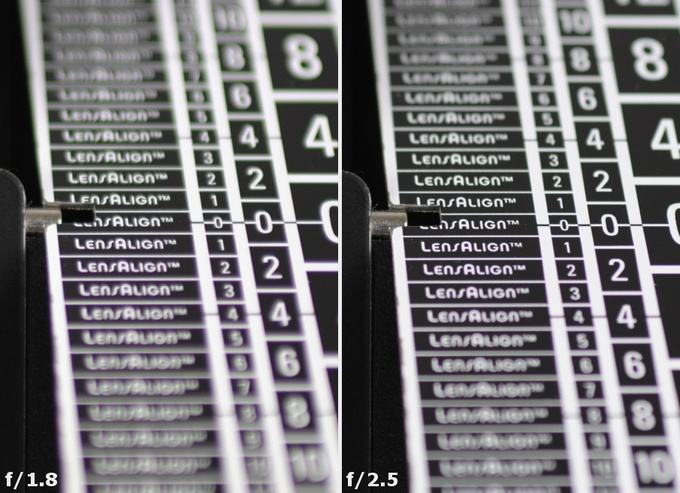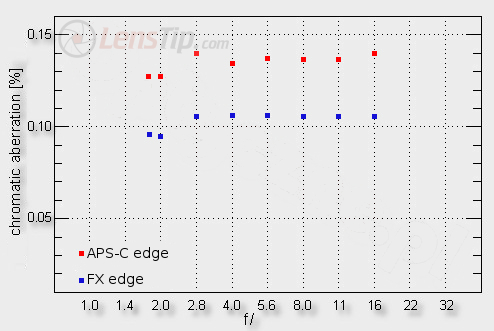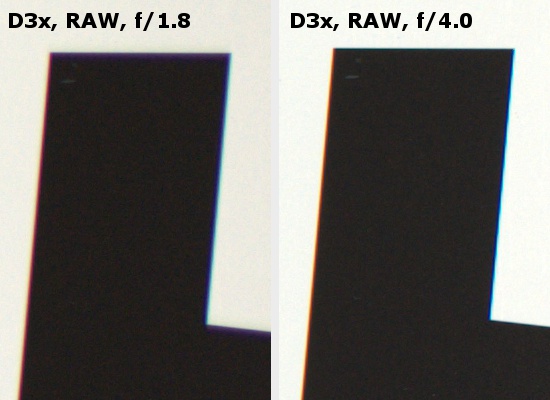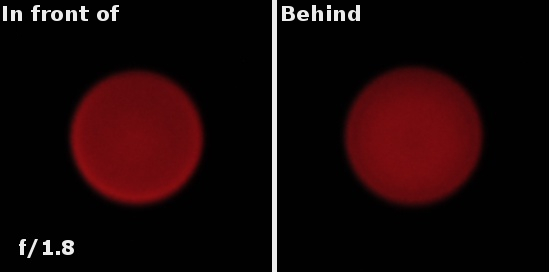Nikon Nikkor AF-S 35 mm f/1.8G ED
5. Chromatic and spherical aberration
Looking at the results of the tested lens in the longitudinal chromatic aberration category and comparing them to the performance of other fast fixed-focal lenses produced by Nikon we get an impression that, at some point, the company made the optics specialist, responsible for correcting that particular aberration, redundant as a part of the saving plan. Please, judge it on your own while looking at the photos, published below.
 |
Please Support UsIf you enjoy our reviews and articles, and you want us to continue our work please, support our website by donating through PayPal. The funds are going to be used for paying our editorial team, renting servers, and equipping our testing studio; only that way we will be able to continue providing you interesting content for free. |
- - - - - - - - - - - - - - - - - - - - - - - - - - - - - - - - - - - - - - - - - - - - - - - -
Correcting the longitudinal chromatic aberration of fast lenses is never easy. However, the rival companies manage to do it and Nikon doesn’t. In order to find out that much it’s enough you read the appropriate chapters of our Canon 2/35 IS and Sigma 1.4/35 tests.
Also the lateral chromatic aberration correction is not exceptionally efficient as the graph below, with the results of the tested Nikkor, shows very clearly.

On the edge of full frame you can still call the level of that aberration medium but on the APS-C/DX the results come nearer values which are significantly high. What’s interesting, these values are still lower than in the case of the expensive 1.4/35G model where the aberration could reach a very high level of 0.20%. On the other hand once again the Canon 2/35 IS and the Sigma 1.4/35 prove that where is a will there is a way of correcting the chromatic aberration properly: in the case of the Canon its level doesn’t exceed 0.085% and in the case of the Sigma it is 0.06% at most.
 |
Spherical aberration
The lens doesn’t have any ‘focus shift’ effect so the spherical aberration level can’t be high. Still its influence can be noticed at the maximum relative aperture and the crops, shown below, prove it. The circle you get by defocusing a light point in front of the focus has a distinct rim on its edge while the same circle behind the focus shows noticeable brightness loss near the edge.







